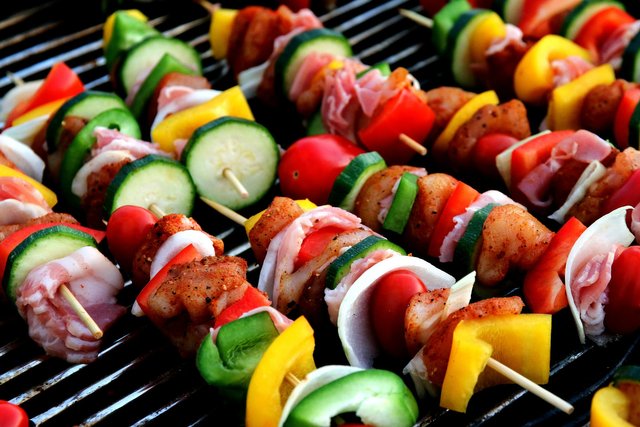There is, understandably, food waste in any kitchen whether it is peelings and cutoffs or unused extras. Wasted food means wasted money and in the case of expired leftovers, a potential mess with odours. Either way, wasted food is unfavourable.
Fruit and vegetable peels and seeds are packed with fibre and nutrients, so removing them from our diet is counterproductive. There are many dishes that require one to peel the fruit or vegetable to get a certain desired texture but in some cases, you can avoid that. For instance, when making tomato sauce a quality immersion blender can liquefy skins and seeds, creating a smooth and thick wholesome sauce. When making jams and preserves where the fruit is to be peeled, consider using a blender to process the fruit into a smooth paste and save those wholesome nutrients.
We have a steam-juicer for making wines, jellies or syrup and use that leftover pulp to make fruit leather. Our dogs absolutely love blackberry and apple pulp leather and we use it for training in place of expensive dog treats.
Juicing is another example where waste (in this case pulp) is produced. That leftover pulp is either compostable or can be feed to chickens; if you have these options definitely utilize them. Otherwise, the pulp can be dehydrated and blended into powder. Store in a sealed jar in the cupboard as you would for spices and herbs. The fruit powder can then be utilized in smoothies or salad dressings.
Owning a compact food dehydrator is also handy for processing garden harvests. Actually, anyone with a kitchen could benefit from owning one as it is so easy to dehydrate any leftover cooked vegetables or fruits. Various veggie powders can be combined to make flavourful additions to soups, stews, casseroles and more. Dehydrated tomato or green pepper powders help thicken enchilada and tomato sauces. Add to homemade pasta and tortilla wrappers or sprinkle a mix of fruit and vegetable powders on your dog's food for additional nutrition. In the past, we dehydrated leftovers, soups and even refried beans for backpacking.
Get creative; you never know when these powdered foods can come in handy. We made a batch of chicken lasagna recently, freezing several portions for later. Upon the first try of that recipe, we found it was quite watery. So when we took out the next frozen meal of chicken lasagna, we decided that the solution was to put a layer of tomato powder in the bottom of the casserole dish before laying the still frozen lasagna on top of it - resulting in a thick tomato sauce base after it had baked.

This post contains 80% plagiarism. Plagiarism is prohibited on the Steemit platform. Create original content with only your own sentences.
Copyrighted photo + first warning for plagiarism.
SteemFoods Community Rules :
What Are The Rules Of The SteemFoods Community?
NOTE : All of your other posts have plagiarism and copyrighted photos, so all your posts have been muted.
Downvoting a post can decrease pending rewards and make it less visible. Common reasons:
Submit